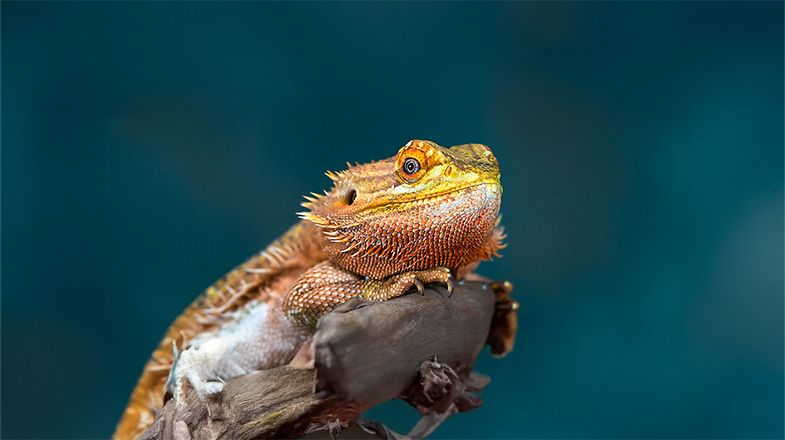What Climate Does My Reptile Need?

Desert dwellers
Environments that are categorized by low moisture and drier climates, limited or specialized vegetation and animals. They can be found in various parts of the world and can be either hot and dry or semi-arid.
In hot and dry deserts, there is limited vegetation, intense heat, heavy sun exposure, and very minimal humidity. These areas are generally warm year-round, with a few months of intense heat and a short period of winter that is often marked by very infrequent rainfall. Relative humidity is low (10-30%). Average day temperatures maintain between 75-100F (24-38C). However, higher temperatures are not uncommon in the hotter months.
Reptiles from hot and dry deserts need constant heat and just enough water to stay hydrated. Bearded Dragons are just one of the reptiles found in hot and dry deserts.
Semi-arid deserts involve a variety of environment types and elevations. These habitats are highly variable and can range from coastal regions to high mountain. Some regions have more seasonality than others. Rainfall is still very limited. Relative humidity is low to moderate (10-60%) depending on the season and elevation. Average day temperatures maintain between 60-90F (16-32C).
Forest dwellers
Environments that are made up of trees and dense vegetation. Species that live in these environments rely more on ambient temperatures rather than focused heat for thermoregulation. “Jungle” is a common name given to a variety of forest types. Forests can be either tropical or temperate.
The tropical forests
Tropical forests are characterized by the greatest diversity of species. One of the major characteristics of tropical forests is their distinct seasonality: winter is absent, and only two seasons are present (rainy and dry). The length of daylight stays pretty consistent at 12 hours a day. Reptiles that come from these tropical forests typically like it hot and muggy. Here are just some of the reptiles you’ll find here:
- Anole
- Chinese Water Dragon
- Long-tailed Lizard
- Eyelash Gecko or Crested Gecko
- Giant Day Gecko
- Cuban False Chameleon
- Green Tree Frog
- Pacman Frog
- Tomato Frog
- Red-Footed Tortoise
The temperate forests
Temperate forests have well-defined seasons with a distinct winter. Mild-moderate climate during the spring and summer months distinguish temperate forests. This involves regions north and south of the equator. Relative humidity is moderate (30-50%). Average day/night temperatures maintain between 60-90F (16-32C). Canopy is moderate and dispersed allowing for light penetration resulting in a greater diversity of vegetation. Species that live in this environment are more diverse and can be both arboreal and terrestrial. Some reptiles who like mild climates include:
- Ball Python
- King Snake (some species)
- Milk Snake (some species)
- Corn Snake

